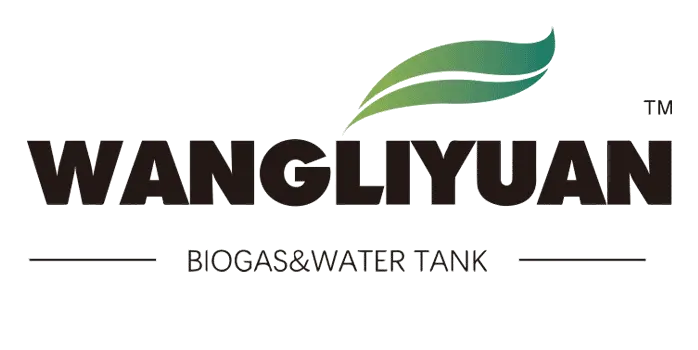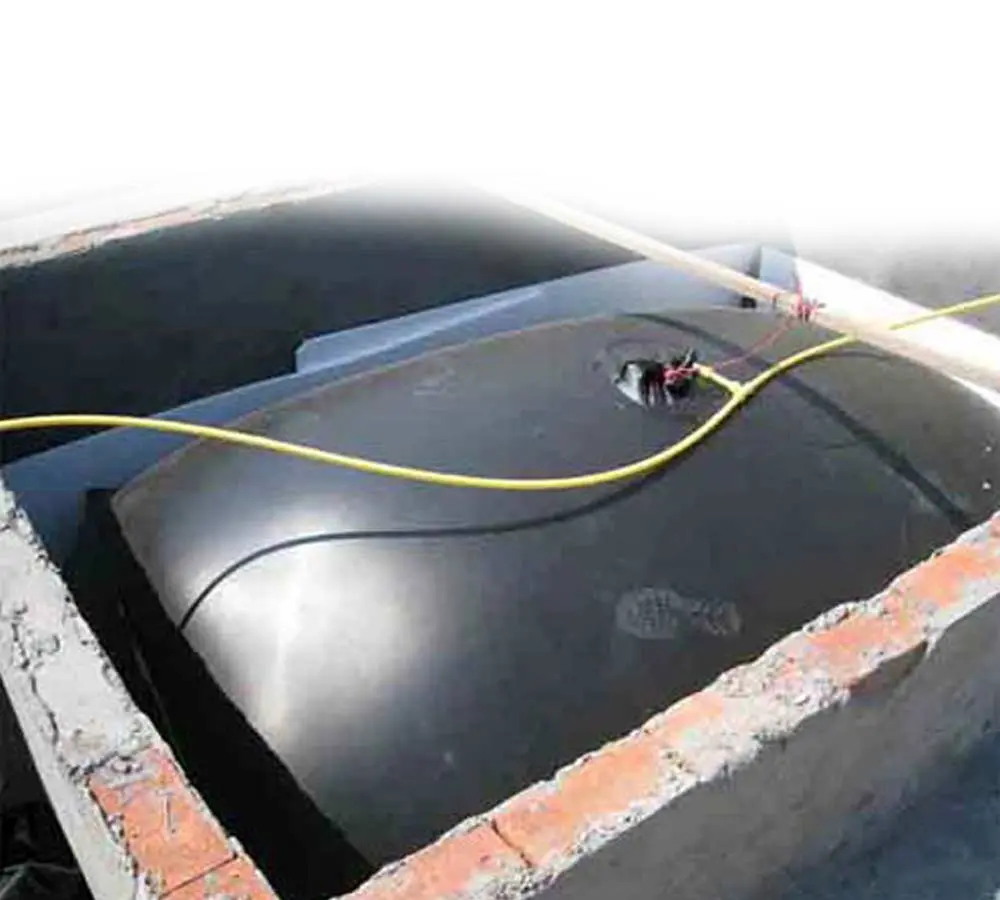for home biogas system

- Prepare fermentation raw materials. Human feces, pig, chicken, cow and other livestock feces can be used as raw materials for biogas fermentation, but it is best to use pig manure when starting the fermentation of a new biogas pool. If there is no pig manure, chicken manure can be used. Dry chicken manure must be piled and fermented for 8 to 10 days, and diluted chicken manure must be stored in the pool for more than 10 hours before use. An 8-cubic-meter biogas pool requires 2.9 to 4.4 cubic meters of fresh pig manure or 2.27 to 3.4 cubic meters of fresh cow manure.
- Collect inoculants. Sewer sludge, lake and pond sediment sludge, sludge and fermentation liquid at the bottom of a normally fermented biogas pool, and feces at the bottom of an old manure pit are all rich in methanogens and can be collected as inoculants. But the best inoculants are still the slurry and sludge of a long-term, normally gas-producing biogas pool.
- Adding enough inoculants is one of the important conditions to ensure that biogas is produced quickly. The amount of inoculum added to a new pool should be 15-30% of the total amount of the feed liquid; when the old pool is replaced, 10-15% of the bottom sediment of the pool should be left or 10-20% of the normal fermentation feed liquid should be used as the starting inoculum.
- If the inoculation requirement is large and it is difficult to obtain locally, it can be expanded. The method is to add the inoculum taken to the fermentation raw materials according to the dosage ratio mentioned above, and anaerobic enrichment culture. Stir once a day until the methane content of the produced gas reaches more than 50%, then it can be used. If one expansion culture is still not enough, you can continue to expand the culture until the needs are met.
- Composting. Spread plastic film on the ground, mix the raw materials and inoculum evenly, and sprinkle water in layers. The amount of water added should be enough to wet the animal manure and no water should flow at the bottom. The general composting time is 2-3 days. If there is no place to mix the materials, you can add materials in layers in the pool and inoculate in layers. The thickness of each layer of raw materials should not exceed 30 cm. Add the mixed fermentation raw materials from the movable cover on the top of the biogas tank. Except for pure manure raw materials, whether mixed or layered, they must be stepped on and compacted layer by layer. During the process of composting in the pool, do not cover the movable cover. In case of rain or low temperature, a thick plastic film can be covered on the movable cover. When it is sunny or the temperature rises, open the movable cover in time.
- Add water to seal the pool
- Add water. When the compost in the pool reaches a fermentation temperature of about 60°C, add water from the inlet and outlet respectively. It is best to use manure, sewage or other biogas liquid from the biogas tank. For an 8-cubic-meter biogas tank, 2.4 to 3.9 cubic meters of water are needed for fresh pig manure and 3.4 to 4.5 cubic meters of water are needed for fresh cow manure. The water added to the biogas tank is preferably warm water exposed to the sun.
- Calculated by volume, the feed volume of the biogas tank accounts for 70 to 80% of the tank volume, and the maximum feed volume does not exceed 90%. The rest is the gas box cellar. If the raw materials are temporarily insufficient, the minimum feed amount must exceed the upper edge of the lower opening of the inlet and outlet pipes by 15 cm to close the fermentation room.
- After adding water, use pH test paper to check the acidity and alkalinity of the fermentation liquid. When the pH value is above 6.5, the pool can be sealed. When the pH value is around 6, you can add appropriate amount of plant ash, ammonia water or clarified lime water to adjust the pH value to about 7 before sealing the pool. The suitable pH value for biogas fermentation is 6.8~7.6.
- After sealing the pool, install the gas pipeline, pressure gauge, switch, lamp, and stove in time, and turn off the main switch on the gas pipeline.
V. Deflation and fire test
After sealing the pool, when the pressure rises to 3~4 kPa (30~40 cm water column), start deflation. The first gas discharged is mainly carbon dioxide and air, with very little methane content, which is generally not ignitable. When the pressure rises to 2 kPa again, deflate for the second time and start fire test. If it can be ignited, it means that the biogas fermentation has started normally and can be used normally the next day.




